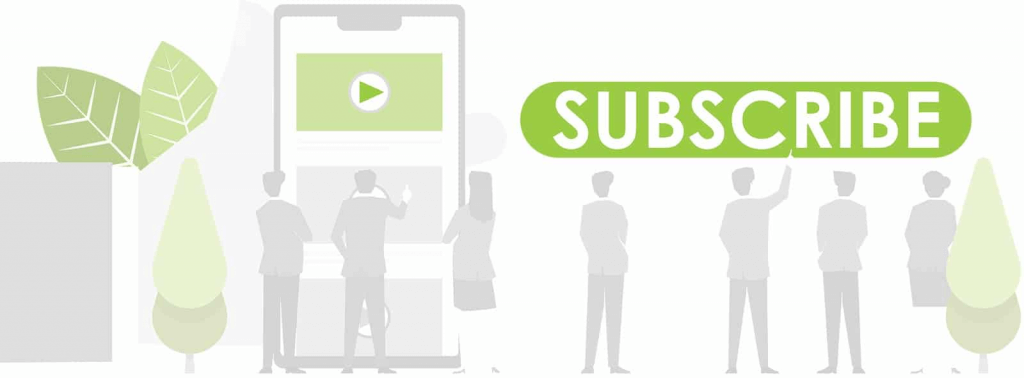In today’s blog, we’re going to talk about something that could really improve your online sales game: YouTube remarketing campaigns. You might be wondering why we think these are better than display remarketing but don’t worry—we’re going to explain it all to you.
And we’re not just going to tell you about YouTube remarketing, we’re also going to share a fail-safe metric that can help increase conversions and improve your sales cycle.
But wait, there’s more! We’re also going to tell you why we don’t use frequency capping, and we’ll give you the inside scoop on some other platforms that are effective for remarketing.
So sit back, relax, and get ready to learn some valuable tips and tricks for your online business.
But first, here’s a brief overview of everything we’re going to cover
Table of Contents
What are remarketing and frequency capping?
Remarketing, or retargeting, is the process of targeting users who have already interacted with your website before—either by viewing pages there, adding products to their basket, or buying items from you.
It’s usually used in combination with frequency capping, so that you can show ads more frequently to those more engaged customers while limiting exposure for those less interested.
Frequency capping is a technique used in digital advertising which sets limits on how many times an ad is shown to a particular user or group of users—for example, limiting how often someone sees your ad for a product.
This helps ensure that you don’t waste money showing ads to people who aren’t likely to convert into customers, as well as avoiding ‘ad fatigue’—where someone has seen too much of your ad and becomes immune to it.
Google Ads also allows advertisers to set frequency caps per Ad Group as well as across all Ad Groups combined—so you could limit how often an individual customer sees one particular ad but still make sure they see another type from you at least once a day if desired.
Understanding the difference between viewable and non-viewable impressions (we’ll get to this shortly) plus using frequency capping appropriately can really help improve ROI in your campaign as well as save money and avoid wasted budget!
Viewable and non-viewable impressions
Google Ads measures impressions differently than other platforms; they track viewable vs. non-viewable impressions separately. A viewable impression is when an ad appears on screen for longer than three seconds (as opposed to just being loaded onto the page somewhere), meaning that a potential customer actually paid attention to your ad! A non-viewable impression is still counted by Google Ads if the ad appeared briefly before being quickly scrolled past or closed out of.
Why we don’t use frequency capping
Let’s talk about audience targeting and expansion for a moment. We’ve found that when it comes to audiences that aren’t in defined segments, Google can sometimes spend your money without giving you much insight into what’s happening. That’s why we tend to prefer YouTube remarketing—it allows us to measure not just impressions, but also views, view rates, click rates, and conversions.
In fact, we’ve found that YouTube remarketing campaigns tend to provide more data overall compared to display remarketing campaigns. Unfortunately, Google can sometimes fall short when it comes to tracking view-through conversions, which can make it harder to get a full picture of how your campaigns are performing.
YouTube remarketing can be a powerful tool for businesses looking to up their remarketing game. With its robust measurement capabilities and precise targeting options, it’s definitely worth considering if you’re looking to improve your online advertising results.
Now, let’s talk about one of the obstacles we’ve encountered with display remarketing—specifically, the challenge of targeting a specific audience. Sometimes, audiences aren’t matched or used as effectively as they could be, which can be frustrating. That’s why we’ve found that YouTube remarketing can be a better option, as it tends to offer more precise targeting capabilities.
For example, one client was selling a hair-growth serum and their target audience was predominantly women, but we found 90% of their conversions were coming from a male audience.
How about audience retargeting and expansion? When it comes to audiences that aren’t in defined segments, Google can sometimes spend your money without giving you much insight into what’s happening.
Let’s take a look at the following example:
Here we have 3 click conversions and 50 engaged view conversions.

We’re then scaling it using Standard Shopping campaigns. You’ll notice the splits are $20,000 in Standard Shopping and $600 in cost in video remarketing.
This is heavily skewed toward non-brand cold traffic. YouTube Shorts is also a cold traffic audience.
We don’t need to worry about attribution because YouTube does a poor job at it. The remarketing should have more frequent conversions because they are of a warm audience, and naturally, a warm audience is going to get more conversions than a cold audience.
Looking at YouTube remarketing, we know our view rate, which we want to be over 22%.
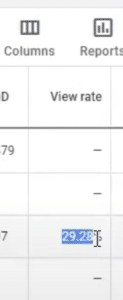
The cost per view is 12 cents, and cost per click on Display will probably be around $0.50-$1, depending on the industry.
The cost per click on YouTube remarketing is $6, which is expensive, but it’s getting good view rates.
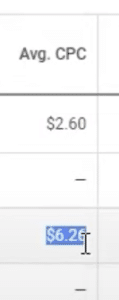
People aren’t engaging with these ads so much from a click perspective, so the cost per click is high.
What we’re looking at is if we’re getting enough views, and if there are people viewing those ads, are they buying?
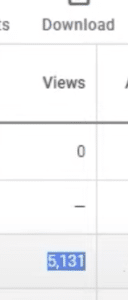
This here is simply an additional metric we can use as a failsafe.

If we get an interested user through Standard Shopping and they clicked and went to the website, we know that people are either going to continually search or come back to the brand or directly go back to the website and buy.
When we show people display ads it doesn’t change so much whether we have dynamic remarketing or not; we don’t see a measurable result outside the normal ebb and flow of Google.
Since we can’t earn a view-through conversion, we have no way of truly measuring it, even if it is hitting the right audience that ends up converting, we don’t know for sure.
We can’t identify click-attributed conversions no matter the attribution model we use.
One indicator you’re over-remarketing
Let’s talk about something important when it comes to remarketing: the point of diminishing returns. Basically, if we’re not able to increase our ad spend and bring in more first-time customers, then we’ve hit a limit—and that’s all we’re measuring.
When we get to this point, we need to be careful not to over-remarket or go after users who aren’t interested. That can end up being really expensive, and it’s just not a good use of our resources. If we start begging people to come back, it’s going to cost us a specific dollar amount.
Take a look at the following example inside this client’s account. It cost $6 to bring a person like that back to the site.
It’s $2 to bring a newly interested person that wants to learn more.
So it’s 3 times more expensive to bring that person back from a click perspective.

Here is a good visual representation of products being shown to people who have purchased or are going to purchase.
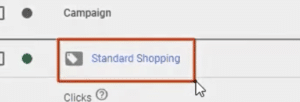
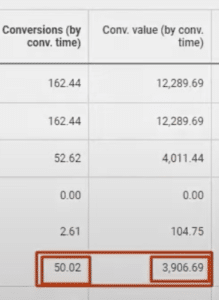
Engaged views don’t show us how well our YouTube remarketing campaign is going. In fact, it shows us how well our Standard Shopping campaign is running.
It means we’ve taken a very interested person from our Standard Shopping campaign and confirmed by our engaged view conversion that they’ll probably buy.
Altogether, this takes our remarketing conversion to 3%, which is fine, but what about click conversions on 50 people as marked in the data as engaged views?
Signs remarketing is helping your business grow
But, how do you know if remarketing is actually helping your business? There are some key indicators to look out for.
First, there are engaged views––something you don’t get with display ads. With YouTube, you have a captive audience who’s actively watching videos and engaging with content. That means when we remarket to them, we know they’re not just mindlessly scrolling past our ads; they’re actually paying attention.
And that captive audience aspect is really important. When people are on YouTube or Facebook, they’re there to watch or engage with content. So if we can keep our ads in front of them and reinforce their purchase decision, that’s a great thing.
But of course, we don’t want to go overboard with it. There’s a point of diminishing returns where it becomes more expensive to bring someone back than it is to acquire a new customer. So we need to be careful about how much we spend on remarketing.
That being said, remarketing isn’t the only option. Sometimes we can get better results with Facebook ads, for example. Facebook also has a captive audience and can do a great job of remarketing.
Ultimately, the key is to find the channels and strategies that work best for your business. Maybe that’s YouTube, maybe it’s Facebook, maybe it’s something else entirely. The important thing is to keep experimenting and testing to find what works.
Author
Ashleigh is a Content Writer at Solutions 8. When she isn’t writing, you can find her in the Alps sipping the finest wine, walking in the mountains, or admiring the crystal blue waters of the river flowing near her home. She’s an avid Pokemon card collector and a massive fan of anything that screams ’90s nostalgia.
 Ashleigh Stearn
Ashleigh Stearn